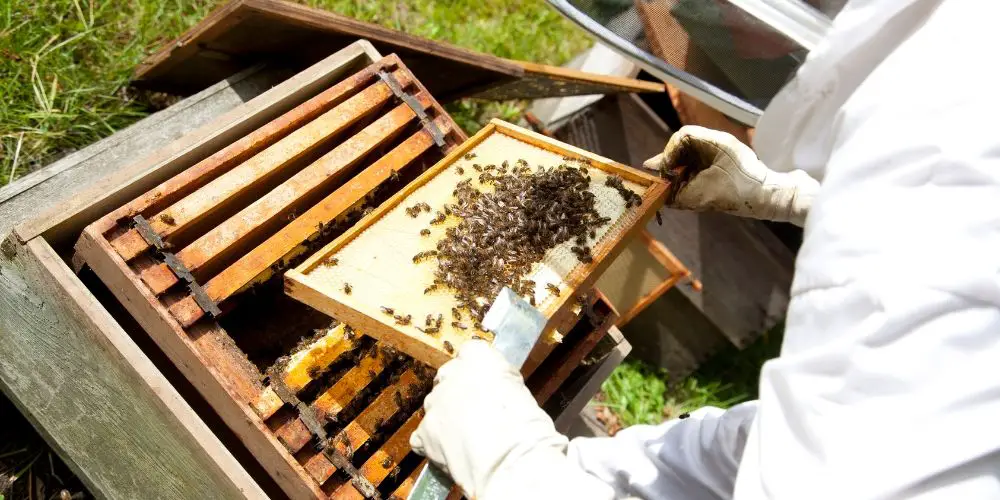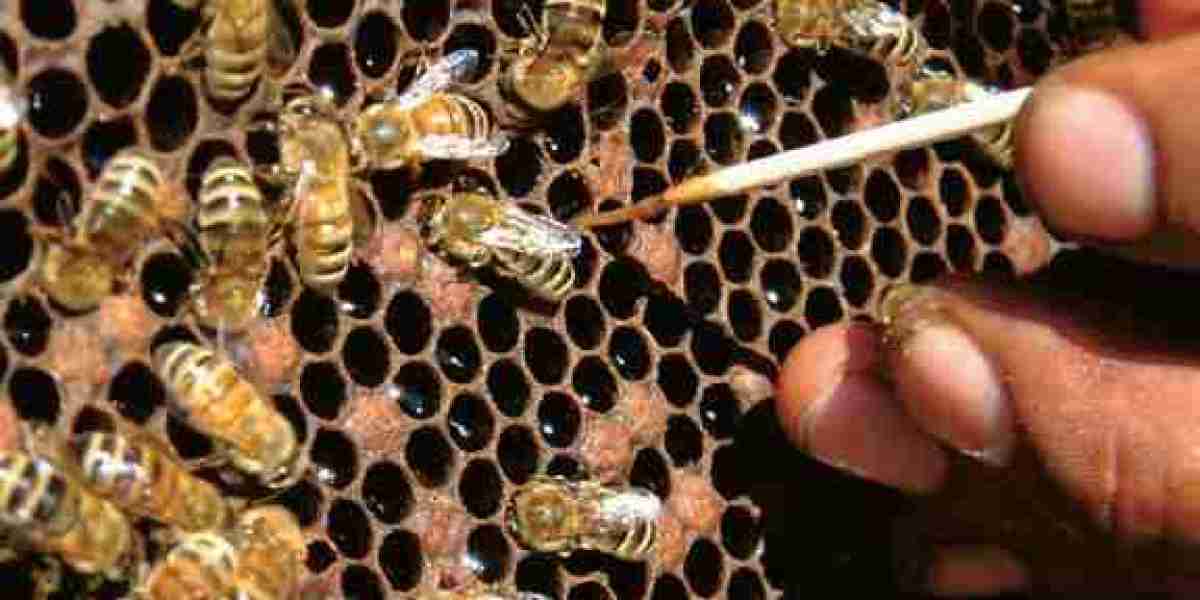Beekeeping is a rewarding venture, but it comes with its fair share of challenges — one of the most pressing being the health of your hive. Bee colonies are vulnerable to various diseases that can wipe out entire populations if not detected and managed early. For both seasoned apiarists and new hobbyists — especially those introducing kids to the art with durable kids’ bee protection gear — understanding common bee diseases is essential.
Alongside disease prevention practices, wearing the right full-body beekeeping suits and ensuring children are equipped with child-sized bee suits not only prevents bee stings but also reduces the chance of contaminating hives. Let's dive into the most common bee diseases every beekeeper should know about and how protective gear plays a critical role in both safety and hive health.
1. American Foulbrood (AFB): A Devastating Bacterial Threat
American Foulbrood (AFB) is one of the most dangerous and highly contagious diseases affecting honeybee larvae. Caused by the spore-forming bacterium Paenibacillus larvae, AFB can lead to colony collapse if not promptly addressed.
Symptoms:
- Sunken and perforated brood caps
- Brown, sticky larvae that emit a foul odor
- Irregular brood pattern
Prevention & Control:
Regular hive inspections using beekeeping protective wear like ventilated beekeeping suits help minimize the spread of the disease. Tools and gloves should be sanitized after each use to maintain strict apiary hygiene practices. Avoid transferring equipment between hives without proper disinfection.
2. European Foulbrood (EFB): Early-Stage Bacterial Infection
Less severe than AFB but still a serious concern, European Foulbrood (EFB) is caused by Melissococcus plutonius. It typically affects younger larvae and can be exacerbated by environmental stress and overcrowding.
Symptoms:
- Twisted, yellowish larvae
- Uncapped brood cells
- Sour smell (less intense than AFB)
Protective Measures:
Early identification through visual inspection — made easier with a full-body beekeeping suit and protective veil — helps stop the infection before it spreads. Regularly replace old combs and ensure the hive is well-ventilated.
3. Varroa Mite Infestation: The Silent Killer
Varroa destructor mites are external parasites that attach to bees, feed on their fat bodies, and transmit viruses like Deformed Wing Virus (DWV).
Symptoms:
- Deformed wings on adult bees
- Patchy brood patterns
- Visible mites on larvae or adult bees
Treatment and Gear Considerations:
Use screened bottom boards and miticides responsibly. When treating hives, beekeeping safety equipment like gloves, bee suits for adults, and child-safe gear are crucial for protection and preventing chemical exposure. Beekeepers working with children should prioritize safe beekeeping for children by outfitting them in durable kids’ bee protection gear.
4. Nosema Disease: A Gut Parasite Issue
Caused by Nosema apis or Nosema ceranae, this microsporidian disease affects the digestive system of adult bees, particularly in cooler climates where bees are confined indoors.
Symptoms:
- Dysentery around the hive entrance
- Weak, slow-moving bees
- Reduced colony productivity
Prevention:
Feeding your bees with protein supplements during lean seasons helps boost immunity. Proper hive ventilation and sanitation are key. Always wear protective clothing for beekeepers to avoid cross-contamination during inspections.
5. Chalkbrood and Stonebrood: Fungal Infections in the Hive
Both Chalkbrood (caused by Ascosphaera apis) and Stonebrood (caused by Aspergillus fungi) thrive in damp, poorly ventilated hives.
Symptoms:
- Mummified larvae (white or black)
- Spotty brood pattern
- Increased colony stress
Managing the Threat:
Good airflow and dry conditions are essential. Remove affected frames carefully using beekeeping gear for beginners or seasoned tools, ensuring minimal hive disruption. Full protective gear, including gloves and ventilated bee suits, is recommended to avoid spreading fungal spores.
6. Deformed Wing Virus (DWV): A Varroa-Borne Disease
This virus is primarily transmitted by Varroa mites, making it a secondary yet equally dangerous concern.
Symptoms:
- Misshapen or missing wings
- Shortened lifespan of adult bees
- Weak foraging ability leading to colony decline
Control Strategy:
Since DWV is linked to mite infestations, controlling Varroa mites is critical. Safe hive inspections using best protective gear for beekeepers — especially when involving young helpers using kids’ beekeeping starter kits — allows early detection.

7. Best Practices for Preventing Bee Diseases
Preventing bee diseases requires consistency, knowledge, and the right equipment. Here are key strategies for disease management:
1. Regular Hive Inspections
Inspect colonies at least every 10–14 days during active seasons. Use beekeeping protective wear to prevent physical contact and cross-infection. Full visibility into brood patterns and bee behavior can signal early signs of disease.
2. Invest in the Right Protective Gear
Using full-body beekeeping suits significantly reduces the risk of bee stings and contamination during hive visits. Children interested in beekeeping should always wear child-sized bee suits and gloves for full coverage.
Whether you're a hobbyist or managing a small apiary, investing in protective clothing for beekeepers like veils, jackets, and gloves ensures safe, confident handling.
3. Sanitize and Rotate Equipment
Sanitize hive tools, smokers, and gloves between uses. Consider rotating out old frames and combs annually to reduce disease buildup.
4. Educate and Involve the Next Generation Safely
Involving kids in beekeeping can be a wonderful learning experience, but safety should never be compromised. Equip them with durable kids’ bee protection gear and supervise all interactions closely. Kids’ beekeeping starter kits are designed to be functional, safe, and fun — ideal for young beginners.
Conclusion
Bee diseases can be overwhelming, but with the right knowledge, proactive care, and protective gear, beekeepers can manage and prevent outbreaks effectively. Diseases like AFB, EFB, Varroa mites, and Nosema are threats you can control through regular inspections, clean practices, and the consistent use of full-body beekeeping suits and ventilated beekeeping suits.
For those introducing their children to beekeeping, ensure they’re suited up with durable kids’ bee protection gear. Not only does this protect them from bee stings, but it also instills safe habits from the start.







